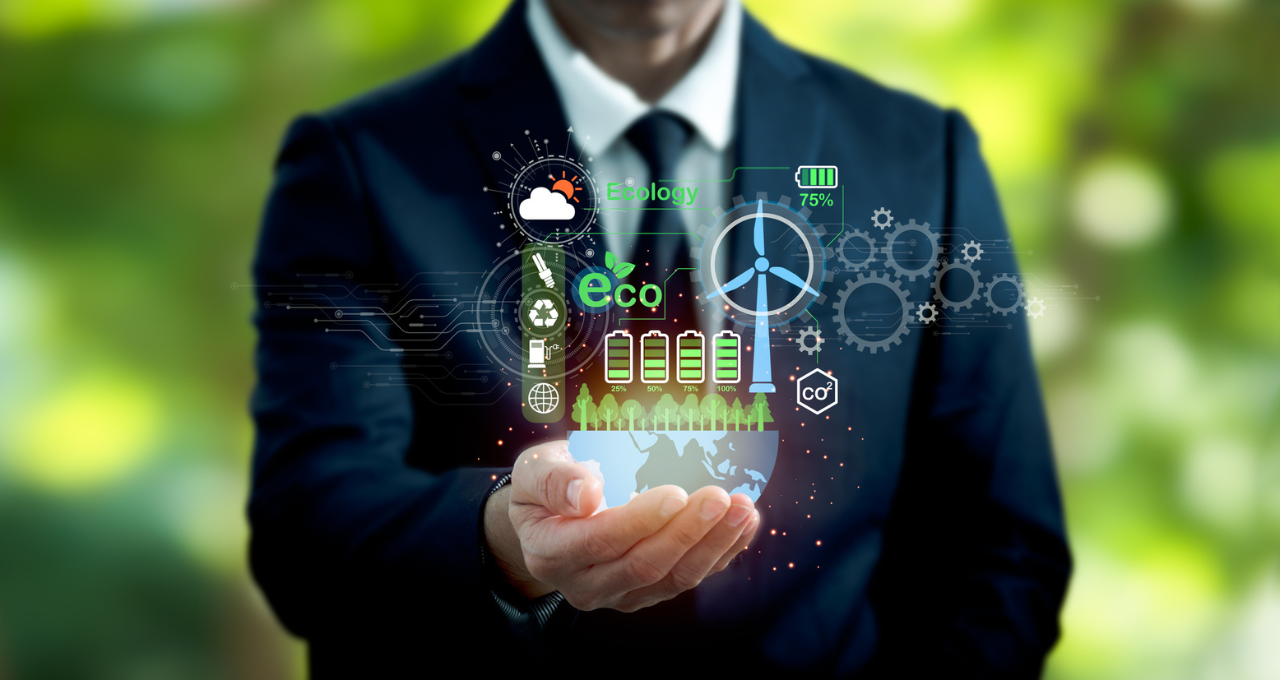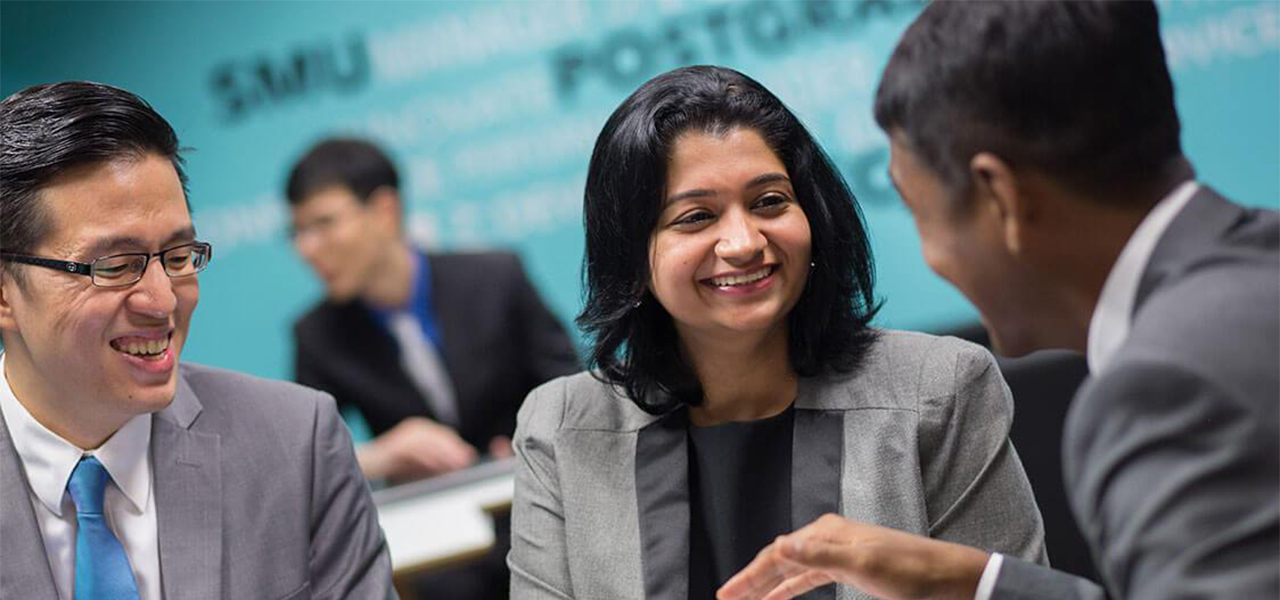With regulatory changes and increasing requirements that organisations must adhere to, sustainability is now a business imperative. Incumbents are incentivised to move quickly, or risk being left behind.
Singapore’s carbon tax, the first carbon-pricing scheme in Southeast Asia, subjected companies to S$5 per tonne of carbon dioxide equivalent (tCO2e) from 2019 to 2023. In 2024, that figure quintupled, and is poised to reach S$50 to S$80 per tCO2e by the end of the decade. This regulatory push is complemented by the progressive implementation of mandatory sustainability reporting for listed companies, where they are evaluated not just on financial performance, but also on their environmental impact.
National directives like the Singapore Green Plan 2023 position the city-state to achieve its long-term net-zero emissions aspiration as soon as viable. A crucial part of that equation is digitalisation.
However, despite the benefits brought by digitalisation, the information and communications technology (ICT) sector is expected to account for up to 30 per cent of greenhouse gas emissions by 2050.
It is thus of paramount importance to examine the intersection of digital transformation and sustainability. At the same time, there is a growing imbalance between digitalisation within the workforce and the pace at which sustainability awareness is picking up. Addressing this gap is crucial.
The digital realm
Firstly, it is necessary to understand the duality of digital transformation and its role in enabling sustainable practices across the digital realm. Cloud computing is a cornerstone of digital transformation, serving as the wheels of data processing and storage.
The cloud, however, is not an ethereal entity. It exists in physical data centres that have a ravenous appetite for energy. Singapore, with its strategic location and skilled workforce, is home to many data centres.
“These facilities—while they underpin digital transformation—generate substantial operational carbon footprint through their daily functioning and embodied carbon footprint from resources required in its manufacturing,” says Dr Andrew Koh, Senior Lecturer of Computer Science at Singapore Management University, who teaches Digital Technologies and Sustainability in SMU’s Master of IT in Business (MITB) programme. He explains that we need to look beyond the benefits of digital transformation and adopt a more holistic and carbon-aware perspective.
Dr Andrew Koh, Senior Lecturer of Computer Science, SMU
Policies and initiatives are being rolled out to make data centres greener. One example is the development of carbon-aware software, which is a step towards reducing the environmental impact of these facilities. The Singapore government’s allocation of S$30 million for research into green software marks a strong commitment to mitigating the adverse effects of an increasingly digital future.
The rise of generative artificial intelligence (AI), particularly through large language models (LLMs), has further increased the demand for computing power. According to the 2024 AI Index Report by the Stanford Institute for Human-Centred Artificial Intelligence, funding for generative AI skyrocketed to US$25.2 billion in 2023—reflecting unprecedented resource allocation for AI model training.
“But without proper guardrails to manage these digital transformation trends, they could hinder our progress towards global sustainability targets, such as the United Nations’ Sustainable Development Goals and the Paris Agreement,” cautions Dr Koh.
On the flip side, positive aspects abound. For instance, LLMs can contribute to environmental education and awareness. Applications like chatClimate leverage AI to disseminate climate information widely, making it more accessible to the global population.
The food realm
Digital transformation also plays a vital role in addressing food security. This is especially true for land-scarce regions like Singapore, which has an ambitious goal of producing 30 per cent of its nutritional needs locally by 2030.
The Singapore government has introduced grants, such as the Agri-food Cluster Transformation (ACT) Fund, to support farmers in upscaling their production with climate-resilient and resource-efficient solutions. Injecting digital transformation into agriculture has the potential to promote more sustainable practices in the sector and strengthen the resilience of the global food production system.
However, the current reality is far from ideal. Automation technologies are energy-intensive and expensive to invest in, and many technology-driven farms in Singapore have recently either downsized or shuttered their operations. The increasing costs of electricity and labour, coupled with low profit margins and reduced customer demand, form a bad recipe for high-tech farming.
This scenario highlights the importance of responsible deployment of digital technologies, in which the context of the technology applications has to be scrutinised. While the push for digital transformation in the agri-food sector can future-proof the sector, sustaining the operations hinges on balancing the costs against the potential benefits of technology.
The natural realm
In a less conventional yet equally important application, digital technologies can enhance our connection to nature. “We often see the strive for sustainability as something external, but it’s also about battling our expansionist tendencies and reassessing our views on convenience and cost,” adds Dr Koh.
Technologies that facilitate environmental education can play a role in this. For example, augmented reality and virtual reality applications can provide immersive experiences to educate users about biodiversity and the way it affects various ecosystems on which our livelihoods depend on. These techniques can help foster a deeper appreciation for the natural world, potentially leading to behaviours that are kinder to the environment. A recent research examined how digital interventions through a mobile phone can enhance one’s connectedness to nature.
“Yet, increased screen time and digital engagement could also decrease direct interactions with nature, potentially reducing our intrinsic connection to it,” says Dr Koh. “Balancing these aspects is crucial to leveraging digital transformation effectively.”
Everyone has a role to play
Navigating digital transformation and its double-edged nature requires a multi-disciplinary, collaborative approach. Governments, the private sector, and consumers alike must work together to create a sustainable digital future.
Dr Koh emphasises, “In a broad stroke, policymakers need to enforce regulations that promote environmentally friendly practices. Businesses must integrate sustainability into their operations, and consumers must shift their mindsets to make conscious decisions that support green initiatives.
“As we move forward, a new generation of changemakers, well-versed in both digital technology and sustainability, will lead the way,” he adds.
A SkillsFuture report highlights that the future lies in the green, digital, and care economies, particularly in key areas such as environmental, social, and governance (ESG); sustainable finance; and carbon management. This shift will create various roles such as auditors, business valuation managers, and product managers, underscoring the need for expertise in integrating sustainability within business operations.
“We need to empower a generation of leaders with a multi-disciplinary lens to holistically manage the dynamic relationship between digital transformation and sustainability,” highlights Dr Koh.
Dr Andrew Koh teaches a course titled Digital Technologies and Sustainability in SMU’s Master of IT in Business (MITB) programme. The course aims to equip students with foundational knowledge in sustainability, as well as the applications and environmental implications of digital transformation. The MITB programme offers a Digital Transformation specialisation track, which provides graduates with a blend of information and communication technology (ICT) knowledge and skills to orchestrate transformative change in organisations.
References
-
Carbon tax (last updated 13 May 2024). National Climate Change Secretariat Singapore. https://www.nccs.gov.sg/singapores-climate-action/mitigation-efforts/carbontax/
-
Chia, O. (24 January 2024). Fears of tech sector’s environmental impact prompts $30m research into carbon-aware software. The Straits Times. https://www.straitstimes.com/tech/fears-of-tech-sector-s-environmental-impact-prompts-30m-research-into-carbon-aware-software
-
Wu, C.-J., Raghavendra, R., Gupta, U., … Hazelwood, K. (2022). Sustainable AI: Environmental implications, challenges and opportunities. arXiv. https://doi.org/10.48550/arXiv.2111.00364
-
Vaghefi, S. A., Wang, Q., Muccione, V., … Leippold, M. (2023). ChatClimate: Grounding conversational AI in climate science. arXiv. https://doi.org/10.48550/arXiv.2304.05510
-
Tan, C. (1 June 2024). Can Singapore be fertile ground for farming? The Straits Times. https://www.straitstimes.com/singapore/can-singapore-be-fertile-ground-for-farming
-
Ng, S. T., Leung, A. K.-y., & Chan, S. H. M. (2023). Through the lens of a naturalist: How learning about nature promotes nature connectedness via awe. Journal of Environmental Psychology. https://doi.org/10.1016/j.jenvp.2023.102069
-
Green economy. Skills Demand for the Future Economy 2023/24. (2024). SkillsFuture Singapore. https://www.skillsfuture.gov.sg/skillsreport/priority-skills/green-economy





